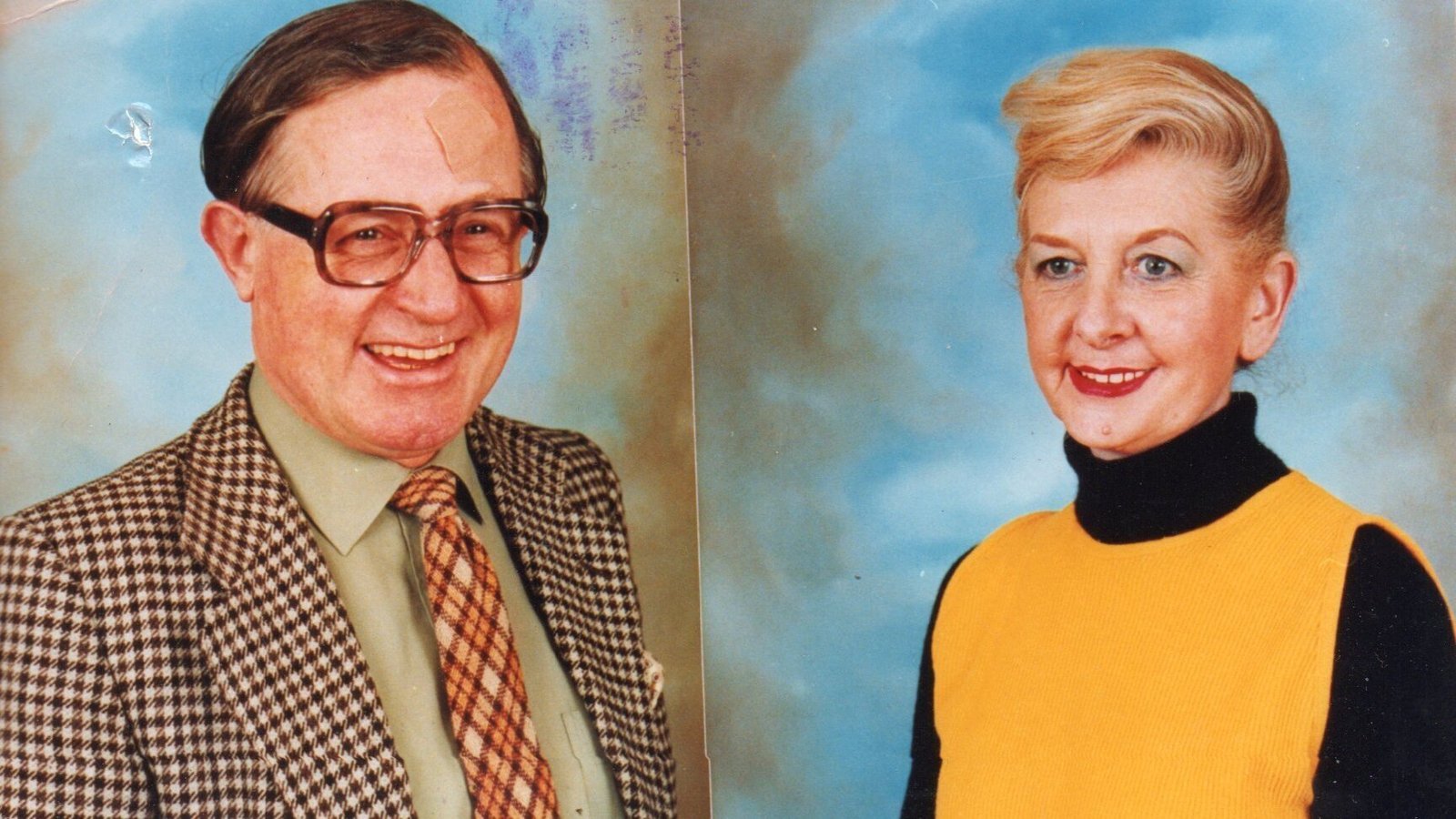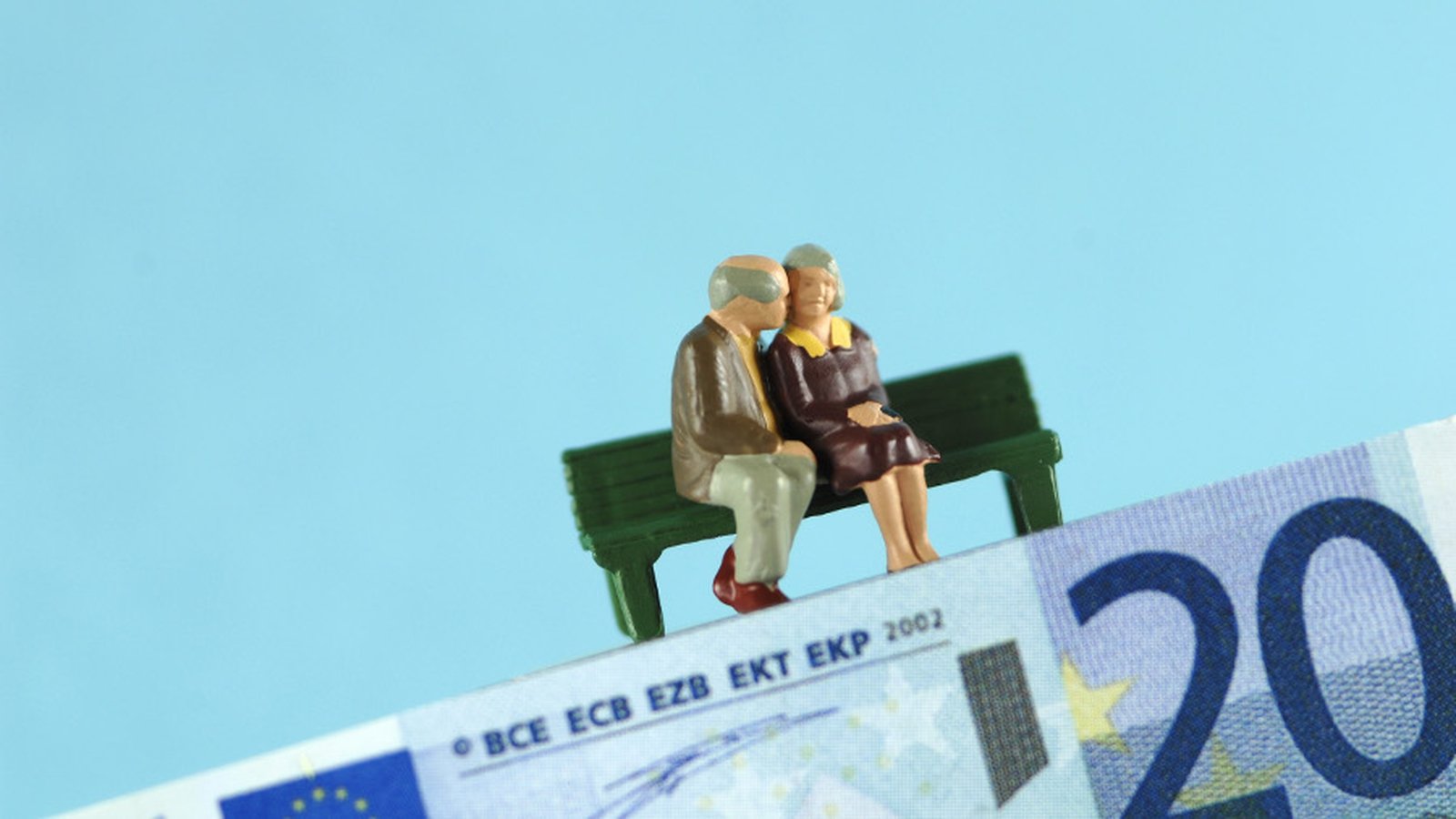22 months of suffering for Ukrainian children

In a row of brightly dressed young children taking part in a ballroom dancing contest in Lviv in western Ukraine, Roman Oleksiv is instantly recognisable.
The eight-year-old wears blue compressive coverings over his head, face and hands for his burns.
On 14 July 2022, he was waiting to see a doctor with his mother when a Russian missile struck the town of Vinnytsia. Roman’s mother was among the 28 people killed, while the boy suffered shrapnel wounds and burns over 45% of his body.
Since then, he has undergone 31 surgeries in Germany. “We did not know whether he would be able to walk, move his hand or his fingers,” Roman’s father Yaroslav said.
But thanks to the doctors’ work and the boy’s “superhuman efforts”, Roman is now beginning to settle back into daily life.
Along with his dance and music practice, the boy is back in school. He is, however, facing years of treatment to fully recover, his father says, including surgery, hair implants and ear corrections.
Russia’s full-scale invasion has had a devastating impact on an entire generation of Ukrainian children, bringing unimaginable physical and mental pain, loss of families and homes.
More than 560 children have been killed in Ukraine in 22 months, according to the United Nations Human Rights Monitoring Mission in Ukraine. More than 1,000 received injuries of various levels of severity.
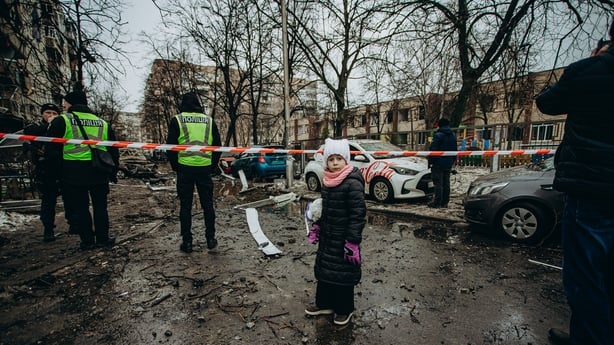
Most recently, on 4 December, the body of an 8-year-old girl was pulled from the rubble of an apartment block in the Donetsk region’s Novohrodivka, according to the office of Ukraine’s Prosecutor General.
Most children were victims of artillery and missile attacks, while mines and unexploded ordnance also pose grave risks – one third of Ukraine’s territory is de facto mined.
Lost limbs, severe burns, blindness. Despite their unthinkable ordeal, with support of their families, psychologists and physiotherapists Ukrainian children, like Roman Oleksiv, are forging ahead and slowly returning to daily life.
But the ramifications of the war are much broader than physical damage. Their education and mental well-being have been severely affected.
Amid Russia’s continuous, indiscriminate air attacks, running to underground shelters at the sound of sudden air raids has become a “routine” for Ukrainian children.
Some, especially in areas closer to Russia and the frontlines, like the city of Kharkiv, have been forced to study in the metro for their safety.
With no end to the war in sight, the consequences for this young generation are feared to be long-lasting.
According to UNICEF, 1.5 million children in Ukraine are in danger of severe psychological problems for years to come.
A “stolen generation” – Ukrainian children taken into Russia
In the summer of 2022, 13-year-old Dasha Rakk and her twin sister Alyona from then-occupied Kherson agreed to go to a holiday camp in Crimea for a few weeks. The trip was suggested by the new occupational authorities.
Their mother Natalia, while reluctant to send them away, eventually agreed. She hoped the girls would get some rest, away from the war.
But what was meant to last only a few weeks ended up becoming a months-long captivity. After the girls’ arrival, Russian officials told the children that they won’t be going home anytime soon. To their horror, Dasha and Alyona learned about a possible adoption.
In its extensive research Conflict Observatory, an online investigative platform launched by the US Department of State in May 2022, found that more than 6,000 Ukrainian children were put in 43 “re-education” camps and institutions.
The report claims that in many cases parental consent was routinely violated, with some parents likely coerced into agreeing.
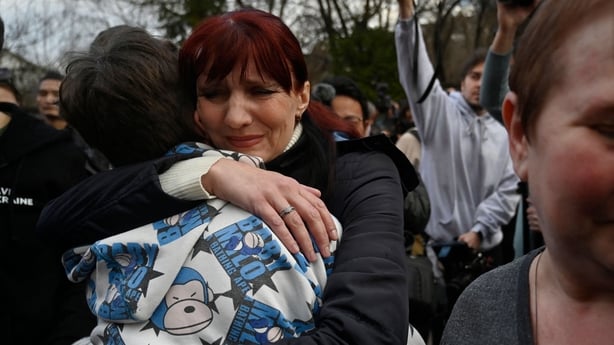
“The ability of parents to provide meaningful consent may be considered doubtful, as the conditions of war and an implicit threat from occupying forces represent conditions of duress,” the report says.
According to accounts collected by the Children of War charity, children were subjected to so-called “political re-education” which often involved punishment.
Some were banned from speaking Ukrainian, locked in isolation rooms if refused to sing or stand up to the Russian anthem. Many were told that their parents don’t want them anymore.
Russia is trying to “erase their memories, tell them that they were always Russian and always spoke the Russian language, that Ukraine never existed,” said the country’s Child Protection Officer Dmytro Lubinets.
Despite many months of uncertainty and fear, the story of Dasha and Alyona has a happy ending. The girls reunited with their mum in Ukraine as a result of a complex operation, involving four countries.
Despite Kherson being only 100 kilometres away from Crimea, Natalia had to travel for days to get her daughters: via Poland, Belarus and Moscow.
The Ukrainian government has said close to 20,000 Ukrainian children have been taken to Russia and the occupied territories since the start of the war, in what it condemns as illegal deportations.
Some were taken en masse from children’s homes and other state institutions; others had been orphaned in the war; while many still have living relatives back in Ukraine.
Russia claims it transported thousands of Ukrainian children to Russia in a humanitarian move to protect minors abandoned in a conflict zone.
The real number of Ukrainian children currently in Russia and the occupied regions could be much higher.
According to the Russian Ombudsperson for children’s rights, more than 700,000 Ukrainian children ended up in Russia.
Maria Lvova-Belova claimed most of them arrived “with their parents or other relatives.”
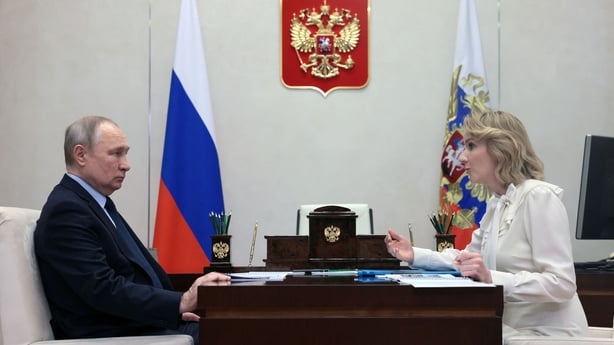
Many of those families fled from the regions bordering the invading country – often because it was the safest and quickest way to escape the fighting.
“It was a temporary solution but now those children and those families cannot go back,” Mariam Lambert from the Dutch charitable organization Orphans Feeding Foundation explains.
Ms Lambert has been involved in humanitarian support on the ground since March 2022. In May this year, she started a collaboration with Ukrainian authorities in the project “Bring Children Back UA.”
Returning each child is a complicated and sensitive process, she says, involving multiple parties: Ukraine’s Security Service, human rights ombudsperson and mediating foreign nations like Qatar.
The process, which could take months, involves a report from the parents, tracing and locating a child in Russia, verifying and translating documents relating to the child’s fate. In some cases, it turns out that a child has been renamed, given a Russian passport or set up for adoption.
So far, Ukraine has managed to return 387 children from Russia and some more from Moscow-occupied territories.
At this pace, it “will take Kyiv 55 years” to return all children, according to Mr Lubinets. He spoke at the inaugural meeting of the National Coalition of Countries for the Return of Ukrainian Children in December.
He believes that the International Criminal Court arrest warrants issued for Russia’s President Vladimir Putin and the children’s ombudsman, the aforementioned Maria Lvova-Belova, helped.
For Kyiv, it’s a race against time with Russia acting swiftly to make the deported children its own.
Ukraine estimates that close to 400 children have been placed in Russian families as part of expedited adoption.
Many more have been fast-tracked for receiving a Russian passport. As they grow older and assimilate, bringing them home could become an impossible task.
“Every day we’re losing a child,” Ms Lambert said urging the world to not ignore the fate of the deported children. “Every day a child is being adopted. Every day a young child will forget where they came from.”


